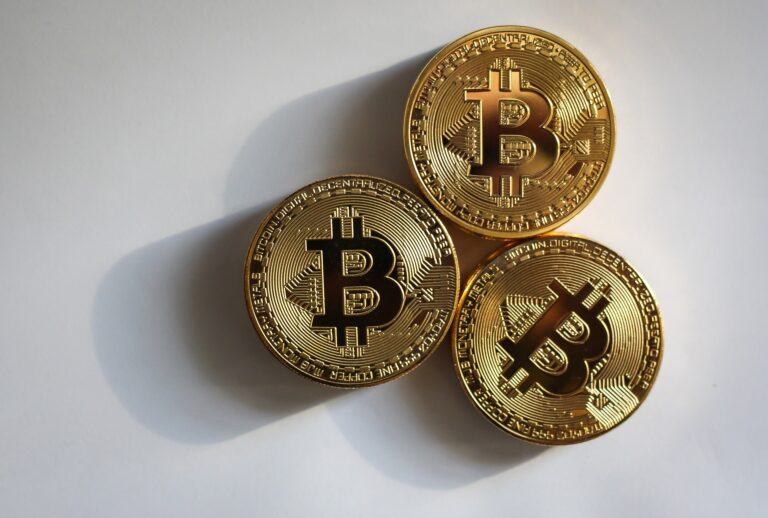Preston Pysh, a popular market analyst and well-known bitcoin bull, has revealed he believes bitcoin’s parabolic rise will keep on going this year, to the point it will surpass $150,000 in July before enduring a correction.
In a new episode of the What Bitcoin Did podcast, first reported on by Daily Hodl, Pysh said BTC could prove critics and naysayers wrong over the next few months, believes its rise so far this year was only the beginning of what’s to come.
During the podcast, the analyst said he expects the upcoming bull run to “be epic” as he believes the price will between now and mid-April “going to be gangbusters, way more than people are expecting.” He added he sees bitcoin go through “some natural chop in volatility from there into the six figures by mid-summer into the fall.”
Per his words, BTC’s upward trend will be “fun because everyone’s looking at it” and believes it doesn’t make any sense. The bull run, he said, has the same energy as Tesla’s bull run, as traditional finance experts will be looking at the rally expecting it to stop at any moment.
On TradingView, Preston published a chart showing how he expects BTC’s price rise to play out. The chart shows steep corrections and skyrocketing prices during different periods, with BTC hitting $150,000 by mid-July, before plunging to less than $100,000 later this year.
The first surge will see bitcoin get to $95,000 before enduring a correction that Pysh sees taking BTC back to $50,000, before resuming its ascent. The analyst has, in the past, revealed he believes BTC will trade between $80,000 and $100,000 until the next halving event, and could even get to $300,000.
Bullish bitcoin price predictions have been increasing over the last few weeks as BTC keeps on rising. Chartists have recently revealed they’re eyeing the $70,000 mark, with $50,000 providing the next resistance for the flagship cryptocurrency.
Analysts including Cathie Wood, founder of asset management firm Ark Invest, also argued that the price of bitcoin could increase to $400,000 for different reasons, including a potential allocation from every company in the S&P 500 Index.
Featured image via Pixabay.








